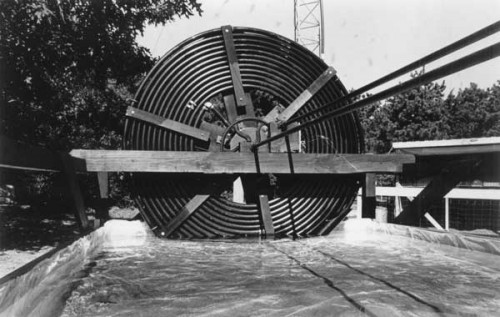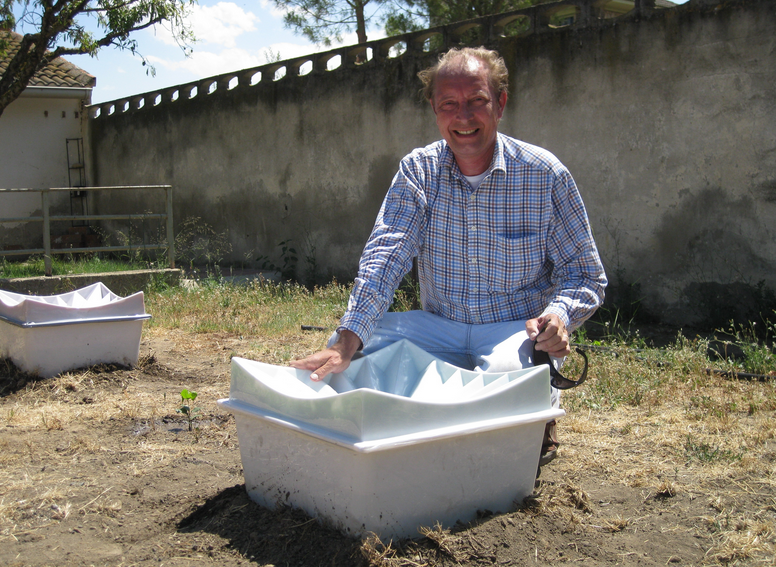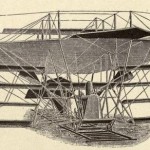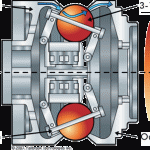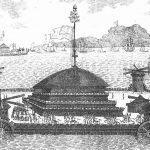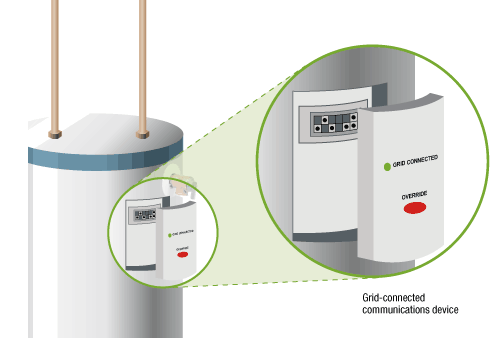 Grid-interactive water heaters (GIWHs) add bidirectional control to electric resistance water heaters, allowing a utility or third-party aggregator to rapidly toggle them off and on. This functionality turns a fleet of water heaters into a flexible energy-storage medium, capable of increasing and decreasing the load on the grid on a second-by-second basis.
Grid-interactive water heaters (GIWHs) add bidirectional control to electric resistance water heaters, allowing a utility or third-party aggregator to rapidly toggle them off and on. This functionality turns a fleet of water heaters into a flexible energy-storage medium, capable of increasing and decreasing the load on the grid on a second-by-second basis.
GIWHs are currently the least expensive form of energy storage available. Utilities can use fleets of grid-enabled water heaters for load shifting, demand response, arbitrage, ancillary services, or to respond to unexpected grid-stabilization events. Traditional dissemination of new water heater technology has been a painstakingly slow process, but water heater rental programs may greatly accelerate this process.
Read more: Battery Killers: How Water Heaters Have Evolved into Grid-Scale Energy-Storage Devices, David Podorson.
Related: How sustainable is stored sunlight?

